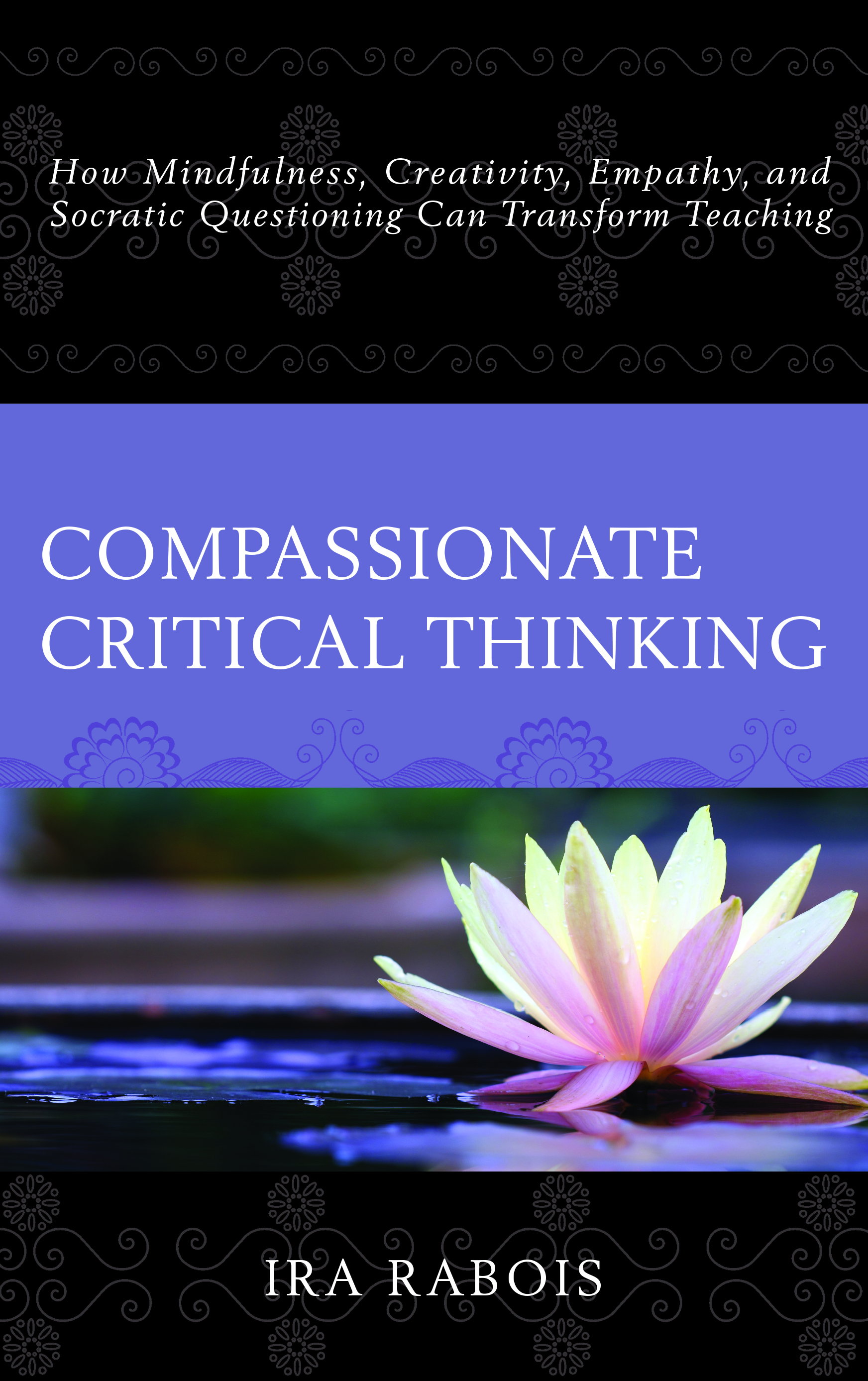How would growing up in an age of the minority-elected President influence our children? If you’re a parent, you might be thinking about this question too often. If you’re a child in a public school, a person of color, a recent immigrant, an LGBT, a Muslim or a Jewish person, a female, a person who believes in civil rights, a free press, or a democrat—the list of who might be threatened is almost endless. How do you teach?
Just a few years ago, teachers started noticing a clear increase in anxiety in the children they taught. Now, it’s even worse. Even back before Mr. T. was sworn in or elected, a negative effect was noticed in school children by the SPLC and NEA. Teachers recently have talked about how his election has led to children acting out more, being more argumentative, angry, anxious and less willing to listen to others, as if they were bringing into the classroom the emotions and arguments from home or the media. There’s been an increase in bullying, use of verbal slurs, harassment. So, what do you do?
What children will primarily learn from today’s political situation is more dependent on the understanding, creativity, and empathy shown by your response as a teacher, by all of our responses, than by the situation itself. Your response educates the child in what is possible, in what it means to be a human being. A person becomes a bully, not a clown or a desperate person, not only by his or her actions but by controlling how you perceive them. Your response is your freedom. Schools can begin with programs against bullying and increasing the understanding and practice of empathy; teach social-emotional skills.
In November of 2015, I wrote a blog about facing terror. In a way, what I said then is relevant now. “How do you talk with your children, or if you are a teacher, with your students, about… any acts of terror and violence, [or the new administration] or whenever something dreadful happens and you feel frightened or pissed off? You might feel numb, scared, mute. You might want to cry out for revenge, or cry out to stop the killing. All understandable. All emotion is understandable. But what do you do with it? And how do you teach your children or students about it?”
“This is a complex question and I think answering it needs to be part of the discussion in families and in the curriculum. There are at least two directions this can take. One is teaching children how to face emergencies. The other dimension is helping students learn about the situation and learn about the attacks, what led to them and what might be done to prevent further violence.”
“First, I suggest starting by feeling and hearing what is going on in yourself. You have to be honest and willing to face uncomfortable feelings and look deeply into your own ways of thinking. To get out of the way of a thrown object you have to first see it. Then you need to hear from students. What do you feel? What responses to the violence have you heard or seen? [Or what do you feel about the administration?] By listening, you say to yourself and your students, ‘you are strong enough to face this and I care enough to listen.’ You teach empathy and emotional awareness.”
Ask students: How can you feel more comfortable and less anxious here, in the classroom? Work together with students to make explicit what you and the students need in order to create a supportive, caring atmosphere—that is within your power. Ask the children open-ended questions followed with more explicit ones. For example, What does caring look like to you? Is being kind important to you? What is kindness? What do you feel when someone is kind to you? What about being heard? What about feeling the discussion is relevant to your life?
If you can, lead the students in imaginative inquiry practices using questions based on student responses. For example, if they pick out kindness as one characteristic of a supportive classroom, go with it. Start with a short mindfulness practice. Say to them: Sit back in your chairs with your backs relatively straight and either close your eyes partly or fully, or let them rest on a blank surface in front of you. Can you feel your breath? Feel yourself take a gentle breath in. Then feel it go out. Do that again; focus on your breathing in—and then breathing out. No hurry. Put your attention on the area around your mouth and notice how your mouth feels as you breathe in. Then notice what happens as you breathe out. Do the same with your shoulders. Notice how your shoulders respond, expand as you breathe in. Notice how your shoulders let go, relax as you breathe out.
Now let come to mind the word kindness. Did you ever see someone being kind? Or meet someone you considered kind? What did he or she do that was kind? Just notice it in your mind and body. Who was the person who was kind? Who was she or he kind to? What makes an action kind? What words come to mind along with kindness?
What do you imagine the person felt when he or she was treated with kindness? Just imagine that feeling. What do you think the person felt who was kind? Just sit for a moment with the feeling of kindness, or being kind.
Once you share what you and the students think about kindness or caring, and what is necessary to create the supportive community children say they need, pledge to each other that you will do all you can to act accordingly. Also, if possible, add to the curriculum other social-emotional forms of learning to help children be more aware of how their actions affect others, affect their own emotions and the atmosphere in the classroom and their own sense of empowerment.
The next lesson is on facing adversity. How do you face what is difficult? We often turn away from what is uncomfortable and treat it as abnormal, or wrong. If you respond to feelings of discomfort, stress, being challenged as if no normal life would be touched by them, you greet such sensations with fear and anxiety. G. K. Chesterton said, “An adventure is only an inconvenience rightly considered.” A challenge is just normal life. Only if you know that discomfort can be helpful and is not abnormal can you allow yourself to be aware of it. If you notice the sensations of fear and anxiety before they get too strong, and recognize them for what they are, you can act in ways that utilize their energy without them dominating you. You learn from them and let them go. You can’t always control what arises in your life, or mind, but you can determine your response.
The more aware you are of your own mental and emotional processes, the more freedom you have in your actions and the more readily you learn. How do you teach this? Start as you did with the mindfulness practice you used with kindness. Then ask students to: notice any sensations that arise. Do it as you would if you were on the shore of a stream and were seeing and hearing the sounds of the water, noticing any stones in the bed of the stream. Notice where the sensations are, how they begin and end. They are like the water flowing and bends in the course of the stream. Then go to other places in the body. Notice also any thoughts. They are like whirlpools in the water. Just keep your attention on noticing what arises and dissipates, and, after you notice something, return your awareness to the breath. If your mind drifts away and you notice it, or you lose focus on the breath and realize it, the realization means you are now found. Right now, you are aware. Take joy in that, emphasize that.
This is just the beginning. I would also recommend intense physical exercise and the study of martial arts, for example, to develop inner discipline, gratitude, patience, and confidence. Physical strength and conditioning can aid mental clarity and focus. I would study history and social justice movements and go deeply into the question of “Who are we humans?” I’d discuss “What does it mean to be a citizen in a democracy?” I’d add media literacy to the curriculum so students learn to spot bias, and possibly even how to detect lies as part of the study of emotion. And compassion: we need to dig deeply into what compassion is, for ourselves and for others. But these topics are for another day.
What are you doing, if you’re a teacher, to help your students? If you’re a parent, to help your children? If you’re in a relationship, to help your partner? If you’re feeling anxious yourself—what are you doing to help you face adversity with as clear a mind as you can bring to the task?




